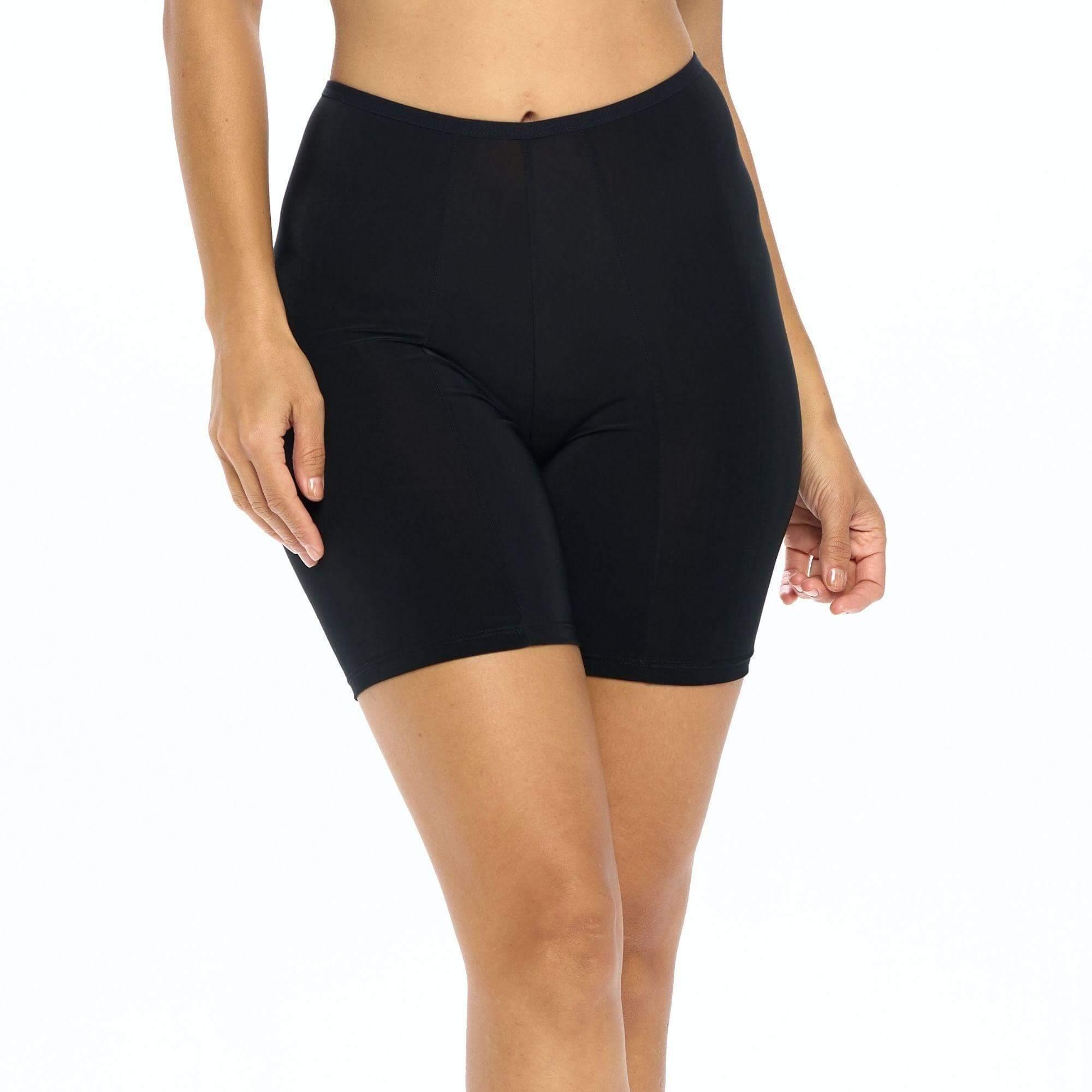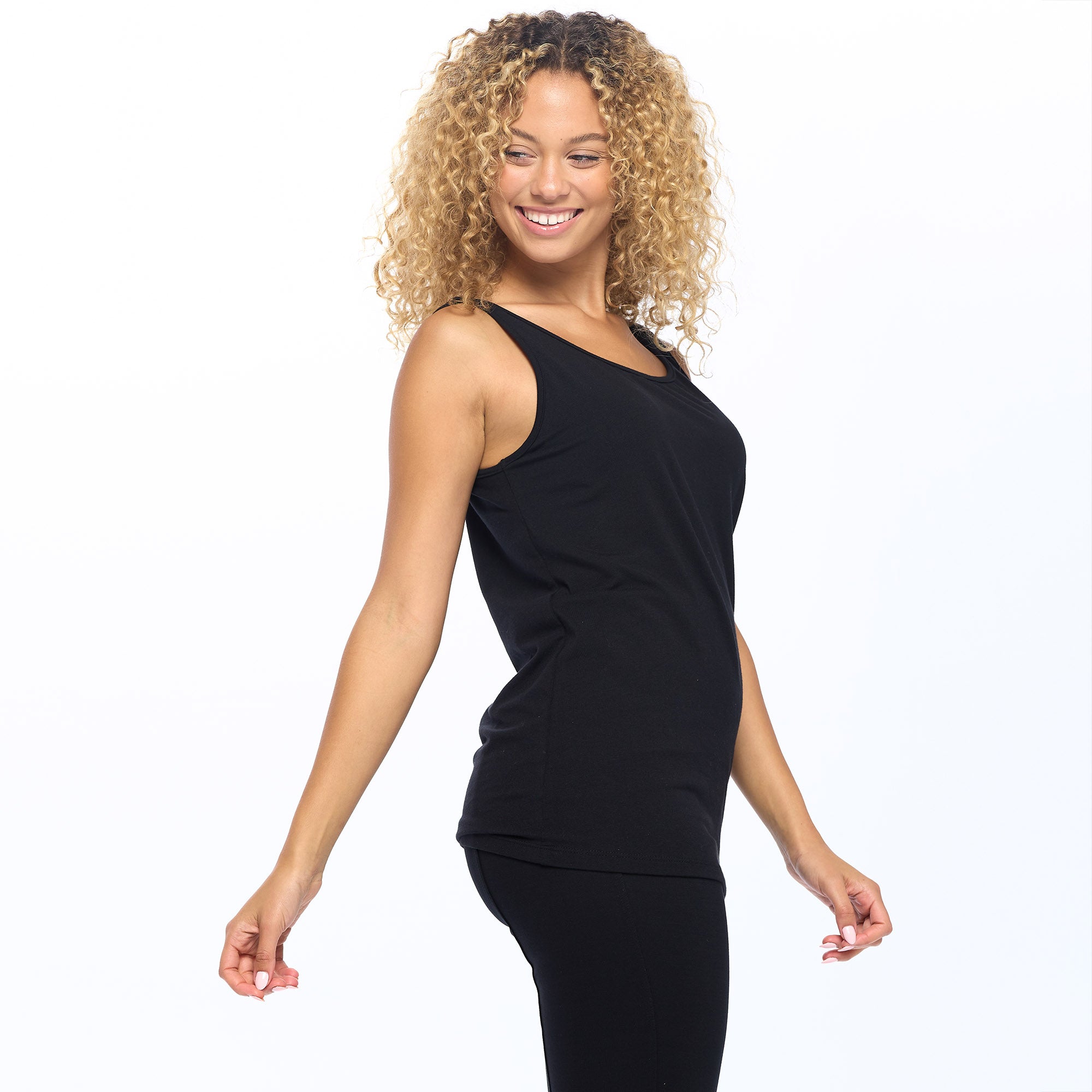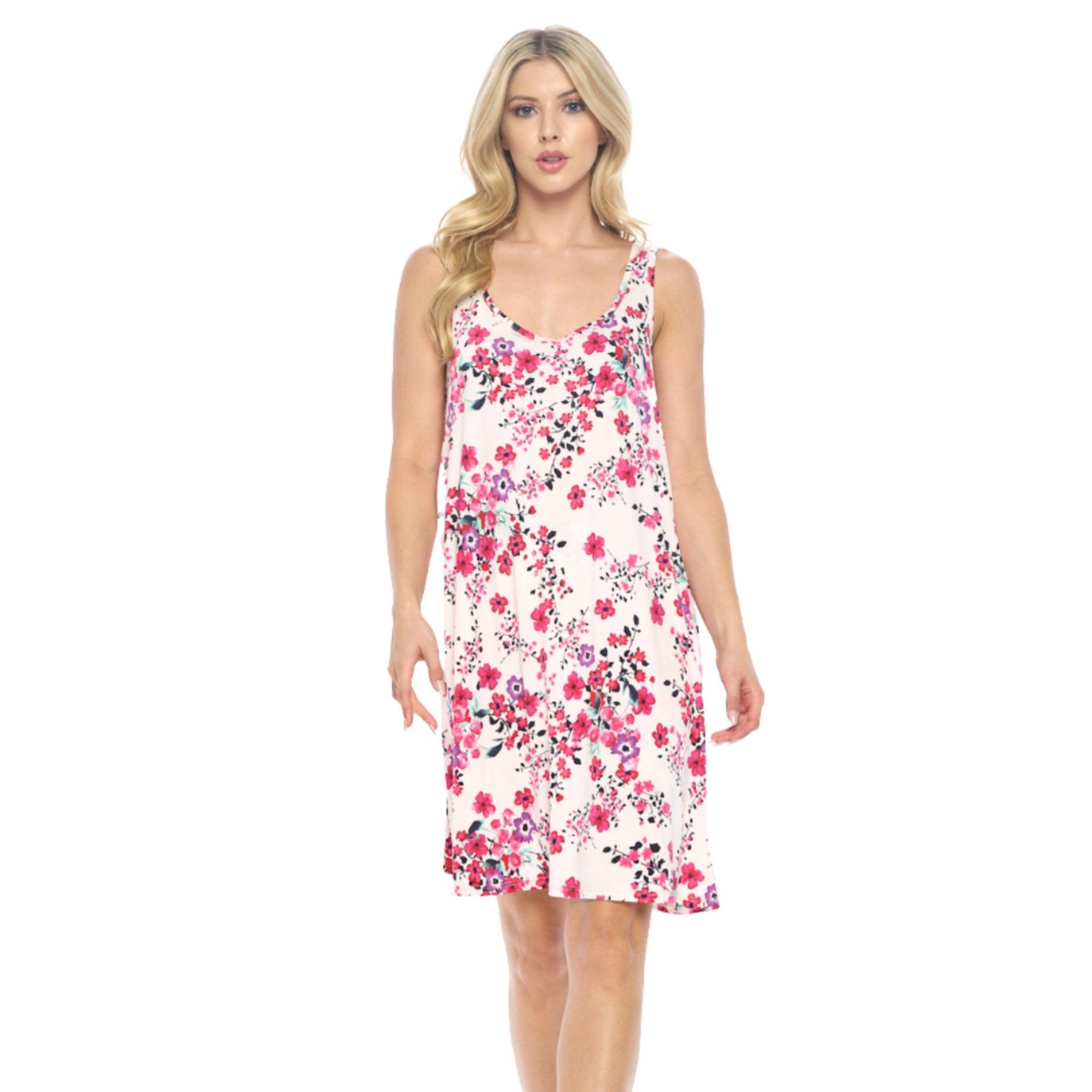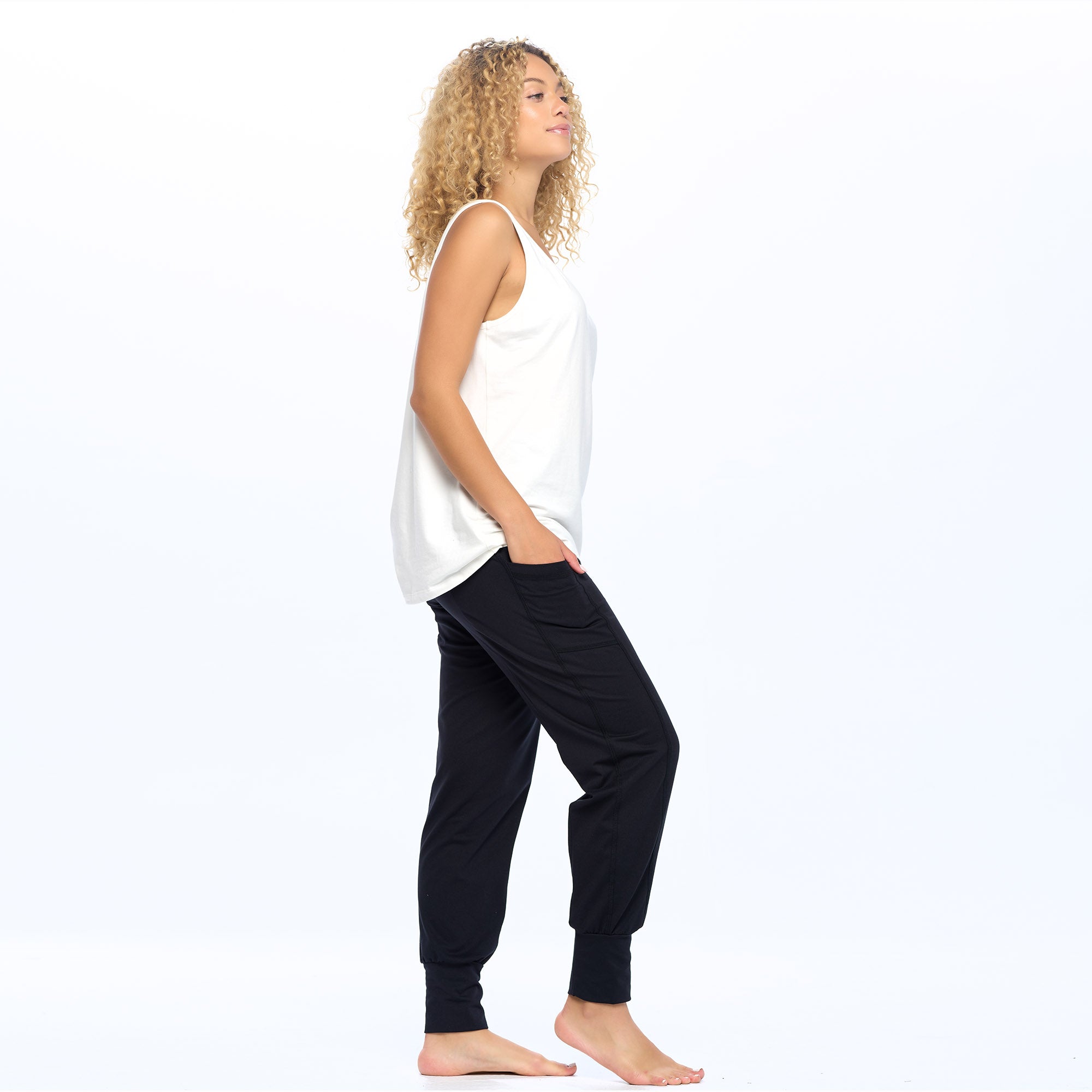It's time to take control of your health and fitness journey by accurately measuring your thigh circumference. Measuring your waist size is important, but to get a truly accurate picture of how far you've come and how much further you can go, you'll also need to measure your thigh circumference. This step-by-step guide will show you exactly how to do it. Tape measure it correctly so that you can track your progress and reach all of your goals!
Importance of Measuring Thigh Circumference
Measuring your thigh circumference is crucial in tracking your health and fitness progress. Not only will it show you how much your body has changed, but it can also indicate the amount of body fat and muscle mass you have. Women need to measure their thighs, as different sizes can help to determine what size pants or skirts fit best. Additionally, knowing your thigh size can help you identify any issues preventing you from achieving a desired thigh gap or other body dimensions. Tracking your thigh circumference over time will allow you to measure progress, set new goals and ensure you're on the right track for healthier living!
Benefits of Measuring Your Thighs
Measuring your hips and thighs can offer several benefits, including:
- Monitoring health: Thigh circumference measurement can provide insights into your body composition, a key indicator of overall health. It can help you identify potential health risks such as cardiovascular disease, type 2 diabetes, and obesity.
- Tracking fitness progress: Measuring your thigh circumference regularly can help you track your fitness progress over time. You can compare your current measurements to previous ones to see if you are progressing toward your fitness goals.
- Motivation: The positive changes in your thigh circumference measurements can motivate you to continue your fitness routine or healthy lifestyle changes. It can also help you identify areas where you need to make improvements.
- Goal setting: Measuring your thigh circumference can help you set achievable goals. You can focus your efforts and stay motivated to achieve them by setting specific goals.
- Personalized approach: Measuring your thigh circumference can help you tailor your exercise and diet to meet your needs. It can also help you identify areas where you need to make changes or adjustments to achieve your desired results.
What You Will Need
- Measuring tape: You will need a flexible measuring tape to measure your thigh's circumference accurately. The video should be long enough to wrap around your upper thigh comfortably.
- Assistance (optional): You may want someone else to help you with the measuring process to ensure greater accuracy, especially if you have difficulty bending or limited mobility.
- Marker or pen (optional): You may use a marker or pen to mark the point on your belly button thigh where you measured the circumference. This can help you locate the same spot the next time you measure, making it easier to ensure consistent measurements over time.
How to Measure Your Thigh Circumference

Step 1: Stand up straight with your feet shoulder-width apart and your chest and legs slightly apart.
Step 2: Locate the widest part of your thigh, usually at the top of your thigh, near your hip and groin.
Step 3: Wrap the measuring tape around your thigh, ensuring it is parallel to your hip bone on the ground and snug, but not too tight, against your skin. Do not let the tape sag or dig into your skin.
Step 4: Read the measurement on the leg of the tape at the point where the end meets the rest. Record this measurement in inches or centimeters, depending on the units on the measuring tape. Repeat the process for the other thigh to ensure accuracy and compare the measurements. If you notice significant differences between the two thighs, take the average of the two sizes.
Tips for Accurate Measurements
- Wear form-fitting clothing: Wearing loose clothing may interfere with the accuracy hip measurement of the measurement. Instead, wear form-fitting clothing such as leggings or shorts, allowing the measuring tape to sit directly against your skin.
- Keep the measuring tape level: Ensure that the tape is level around your knee or thigh and not slanting or dipping. This can be achieved by ensuring the measuring tape is parallel to the ground and perpendicular to your thigh.
- Take multiple measurements: It is essential to take various measurements to ensure accuracy. Take at least two to three measurements on each thigh and waist measurement, and then average the results to obtain a more accurate measurement.
- Measure at the same time of day: Measure your thigh circumference at the same time each time you take the measurement. Thigh circumference can vary throughout the day due to activity level and water retention. Measuring thigh measurement at the same time of day will provide a more consistent baseline for comparison.
What Your Measurements Mean

- Average thigh circumference for men and women: The average thigh circumference varies by age, gender, and ethnicity. For example, the average thigh circumference for men is generally more significant than women. According to a study published in the Journal of Sports Science and Medicine, the average thigh circumference for men is about 56cm (22 inches), while for women, it is about 52cm (20 inches).
- Health implications of thigh circumference: Thigh circumference can indicate overall health. Studies have shown that individuals with larger thigh circumference have a lower risk of cardiovascular disease, type 2 diabetes, and all-cause mortality. Additionally, thigh circumference has been linked to a lower risk of metabolic syndrome and obesity.
- How to track changes in thigh circumference over time: Tracking changes in thigh circumference over time can help you monitor your progress in achieving fitness goals or losing weight. To track changes, measure your thigh circumference at regular intervals, such as once a week or once a month. Record the measurements in a journal or on a graph to visually track your progress. If you notice changes in your thigh circumference, you can adjust your exercise or diet accordingly.
Conclusion
In conclusion, measuring your thigh circumference is crucial for monitoring changes in your body type, health, and fitness levels. It can help you track progress, set achievable goals, and make informed decisions about your exercise and diet routines. Regular measurement of your thigh circumference is encouraged to monitor changes in your body composition and overall health. Tracking changes over time can help you identify trends and adjust your lifestyle. It is essential to wear form-fitting clothing to achieve accurate measurements, keep the measuring tape level, take multiple sizes, and measure at the same time of day. By following these tips, you can obtain accurate measurements of your thigh circumference and take control of your health and fitness.









